Gourmet Sauvage
By Jenève Gervais, Republik
It was at the Saint-Faustin-Lac-Carré pisciculture (fish-farming station) that the team from Republik, the Montréal marketing agency, discovered the world of Gourmet Sauvage. There they met owner Ariane Paré-Le Gal, with whom they were able to visit the premises and learn how to take the first steps towards a forest-based larder.
Ariane accepted the hand-off from her father Gérald six years ago; he had, for the previous 25 years, taken upon himself the mission of bringing the forest to the table while fully respecting the environment. Today Gourmet Sauvage has more than one hundred forest products available in its store.
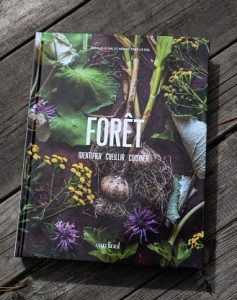
Connecting people with nature
Jams, sprouts and mushrooms processed by Gourmet Sauvage are not merely the business’s marquee products. Their role is also make visitors want to learn about woodland gathering themselves.
Among the initiatives aiming to further connect us with nature, Ariane and her father Gérald have shared their knowledge in a book called Forêt.
It’s practically the bible of Québec’s edible plants, and the book (which is in French) helps us to identify, gather and cook the hidden foods throughout the huge province of Québec.
In the summer, nature lovers can also sign up for forest gathering workshops. As Ariane says so well: “You have to feel about entering the forest as you do about entering a house.”
Gathering natural foods while respecting nature
“If we want the bounty to last, plant gatherers must be educated about plants that are in danger and must not be picked,” Ariane Paré-Le Gal emphasizes. “When you’re gathering, you always have to ask yourself about the impact that we have on the plant.”
The golden rule is, obviously, never to commercialize a fragile plant. Gourmet Sauvage has to think ahead even further. What could a large-scale commercial gathering operation look like? Could the ecosystem support harvesting this? What would be the impact in 10, 20 or even 30 years?
To respect this commitment, Gourmet Sauvage has had to develop a close relationship with gatherers who are trained and aware of the environment. The responsibility is on their shoulders to leave nature intact after they pass through.
The forest, an enormous taste laboratory
The starting point for inviting the forest onto our plates is to add gathered ingredients to classic recipes. A salad made of a few greens, some edible flowers and a bit of birch tree syrup becomes a masterpiece in the blink of an eye. And a simple omelette to which you’ve added some forest mushrooms can easily become a five-star dish.
Our forests provide, among other things, exceptional substitutes for the products we’re used to. For those wishing to get started on this countryside cuisine, Gourmet Sauvage suggests replacing traditional ingredients with natural alternatives.
“People often imagine that to do wild gathering you have to go deep into the forest, whereas the opposite is true. You have resources right in your own backyard; all you need is to have some knowledge and to go step by step,” Ariane notes.
The conclusion: the forest is much more accessible that we think; all we have to do is learn. And when we want to find out more, Gourmet Sauvage is available to teach us how to gather foods in the forest while remaining respectful of the environment.
More from these authors by clicking on their picture below
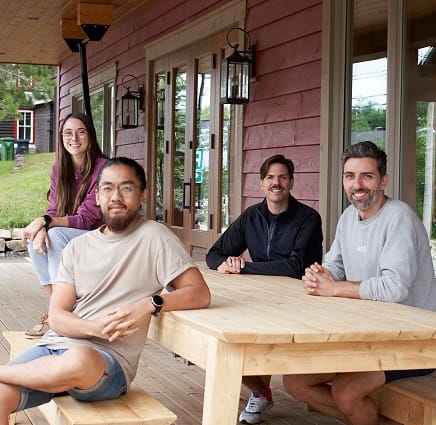
Republik8 Posts
Pensionnaire à Mont-Tremblant pour l’été, l’agence montréalaise Republik est allée à la rencontre d’entreprises locales qui partagent sa vision d’un monde des affaires responsable. As a summer resident of Mont-Tremblant, the Montreal marketing agency Republik went to talk to local companies that share its vision of a responsible business world.
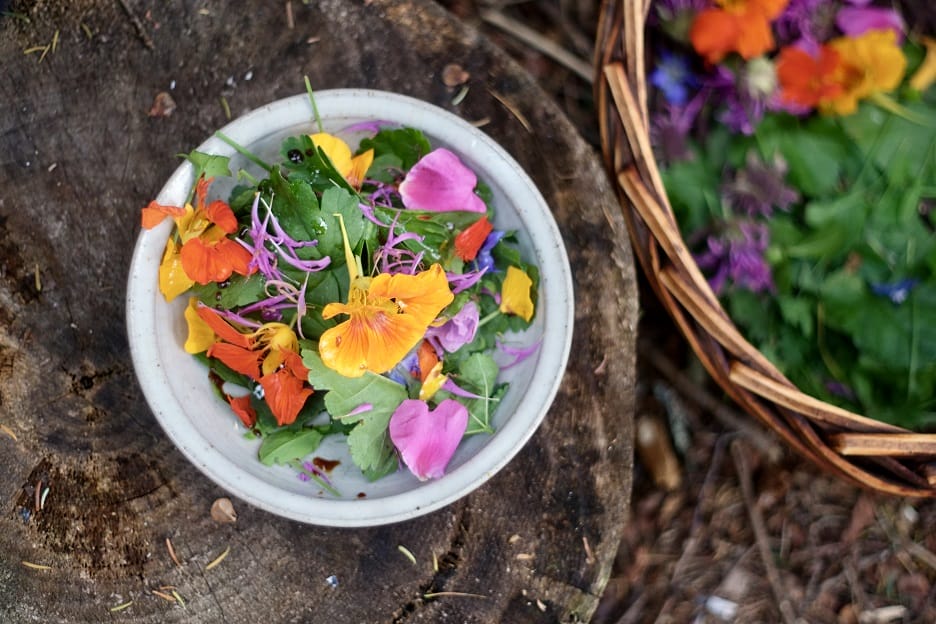
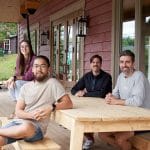

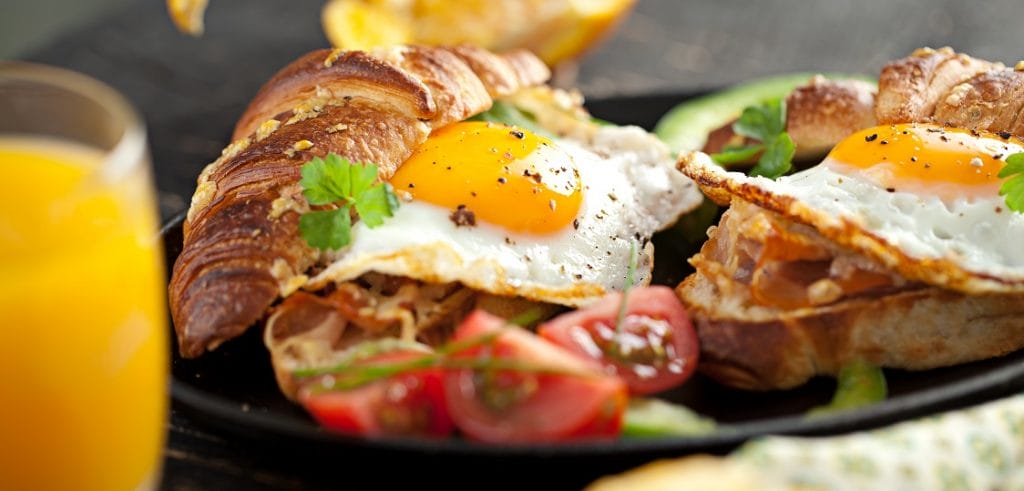
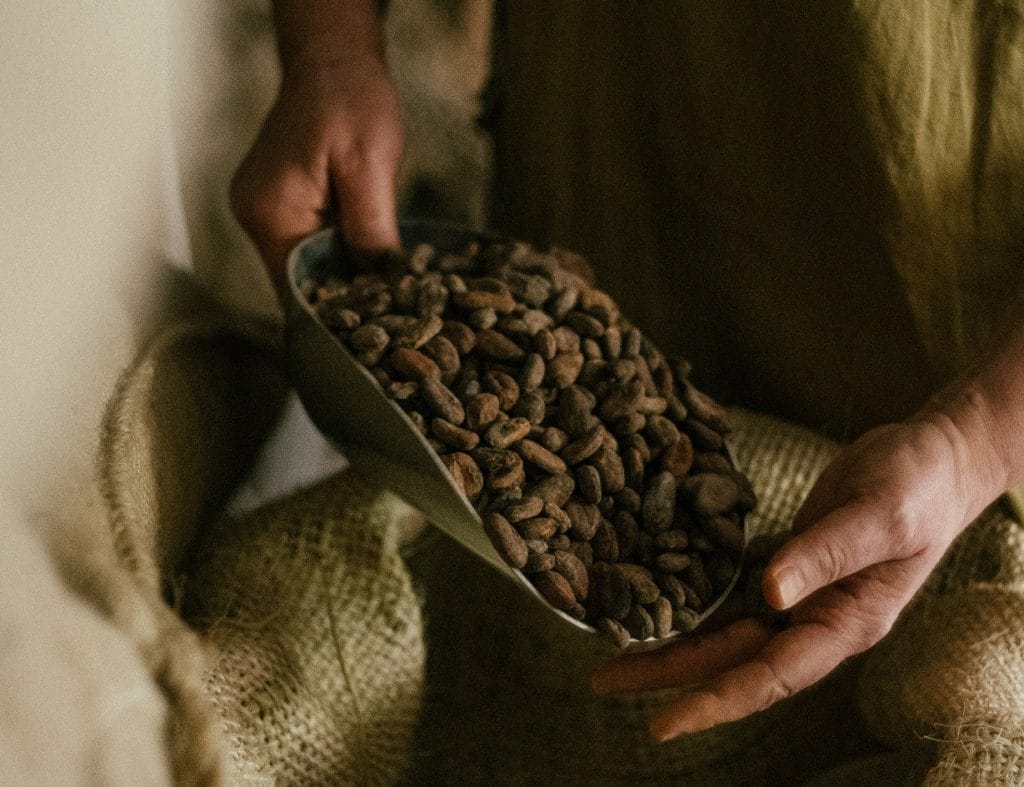
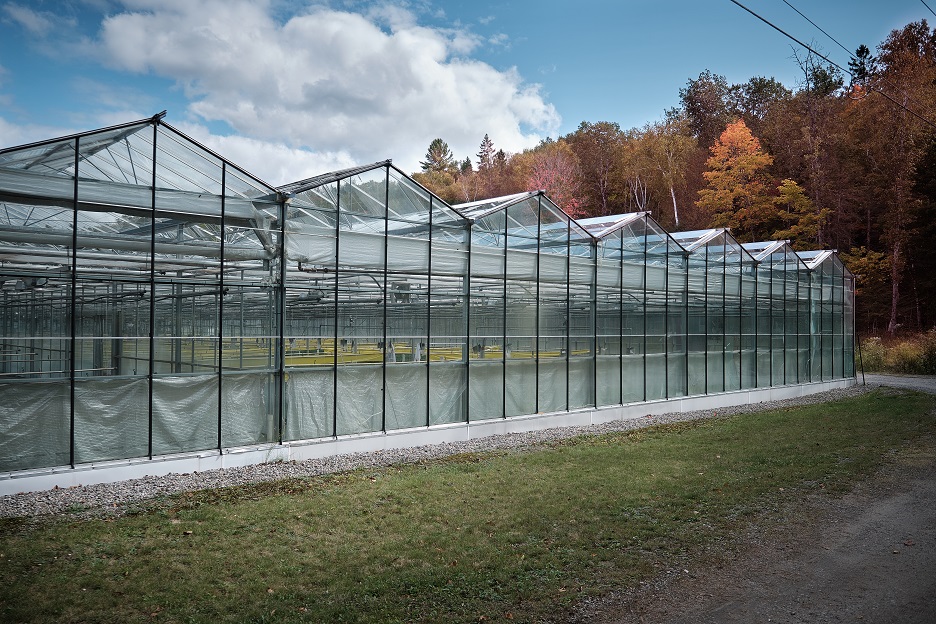
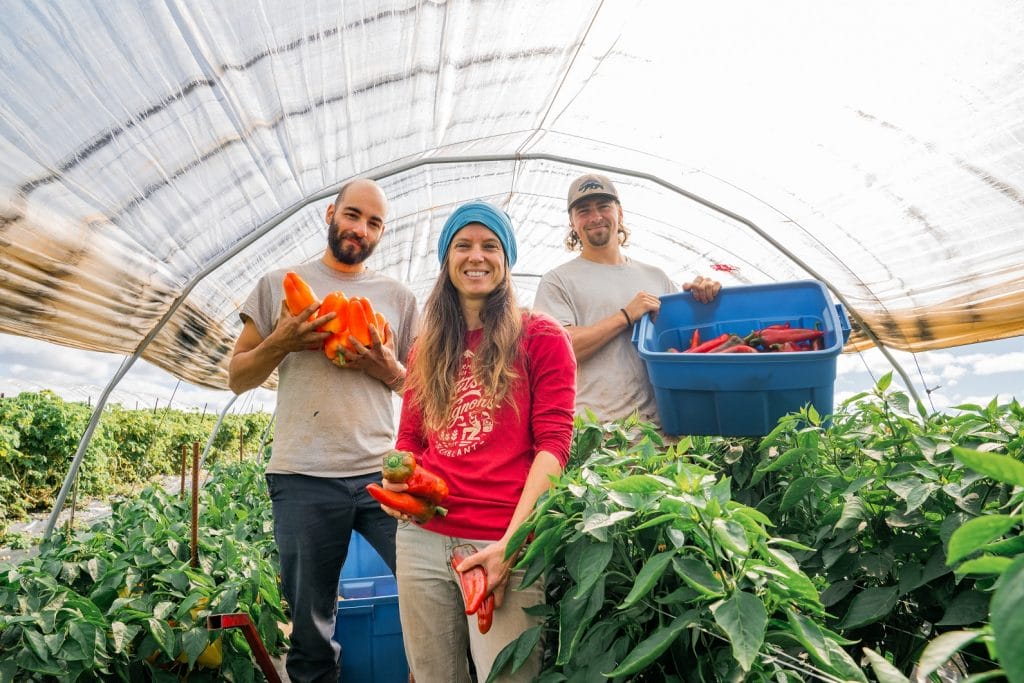
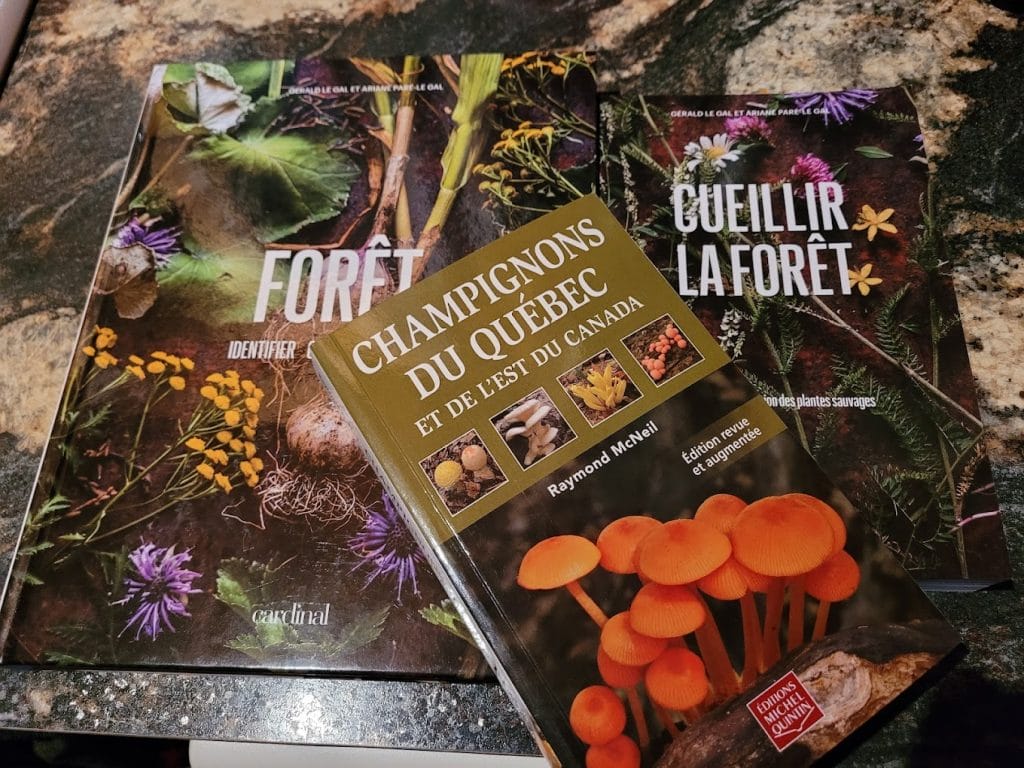
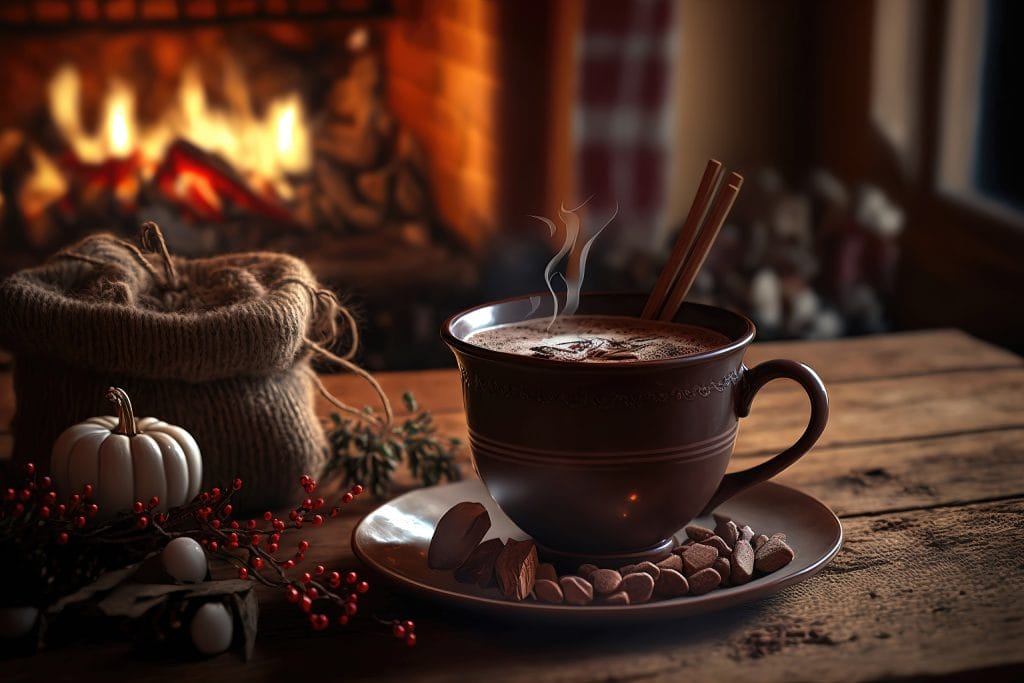
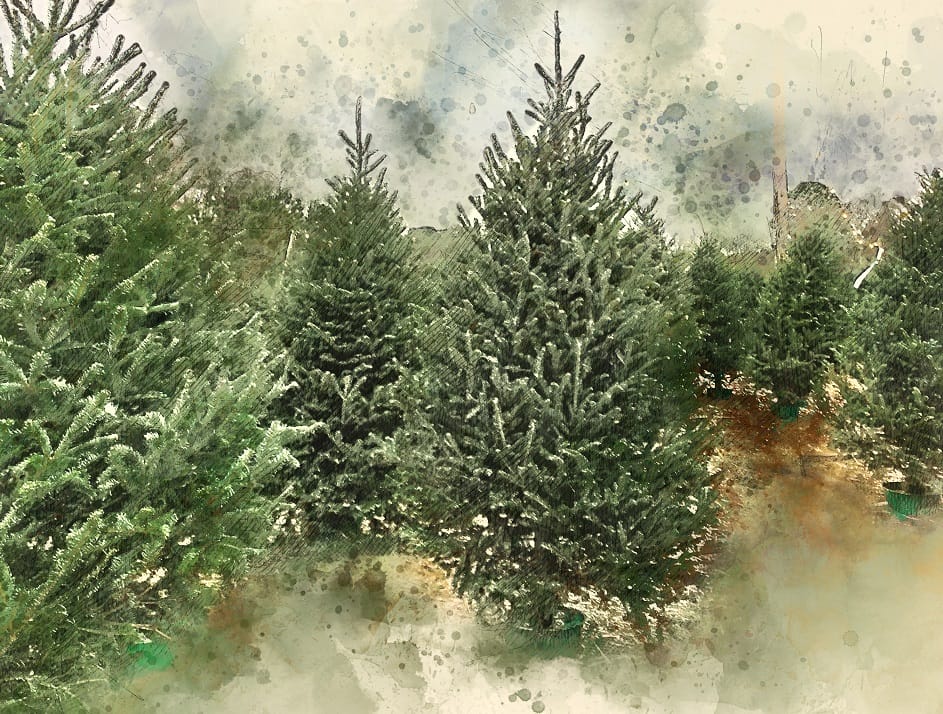

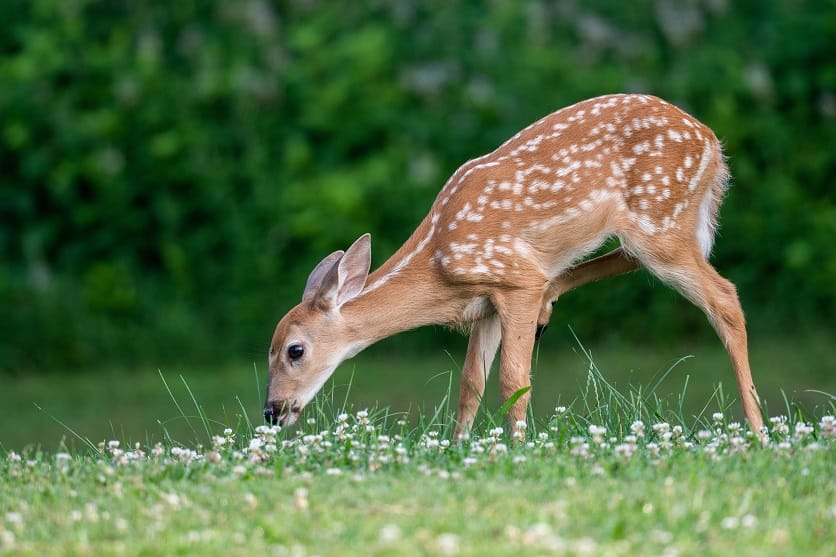
0 Comments